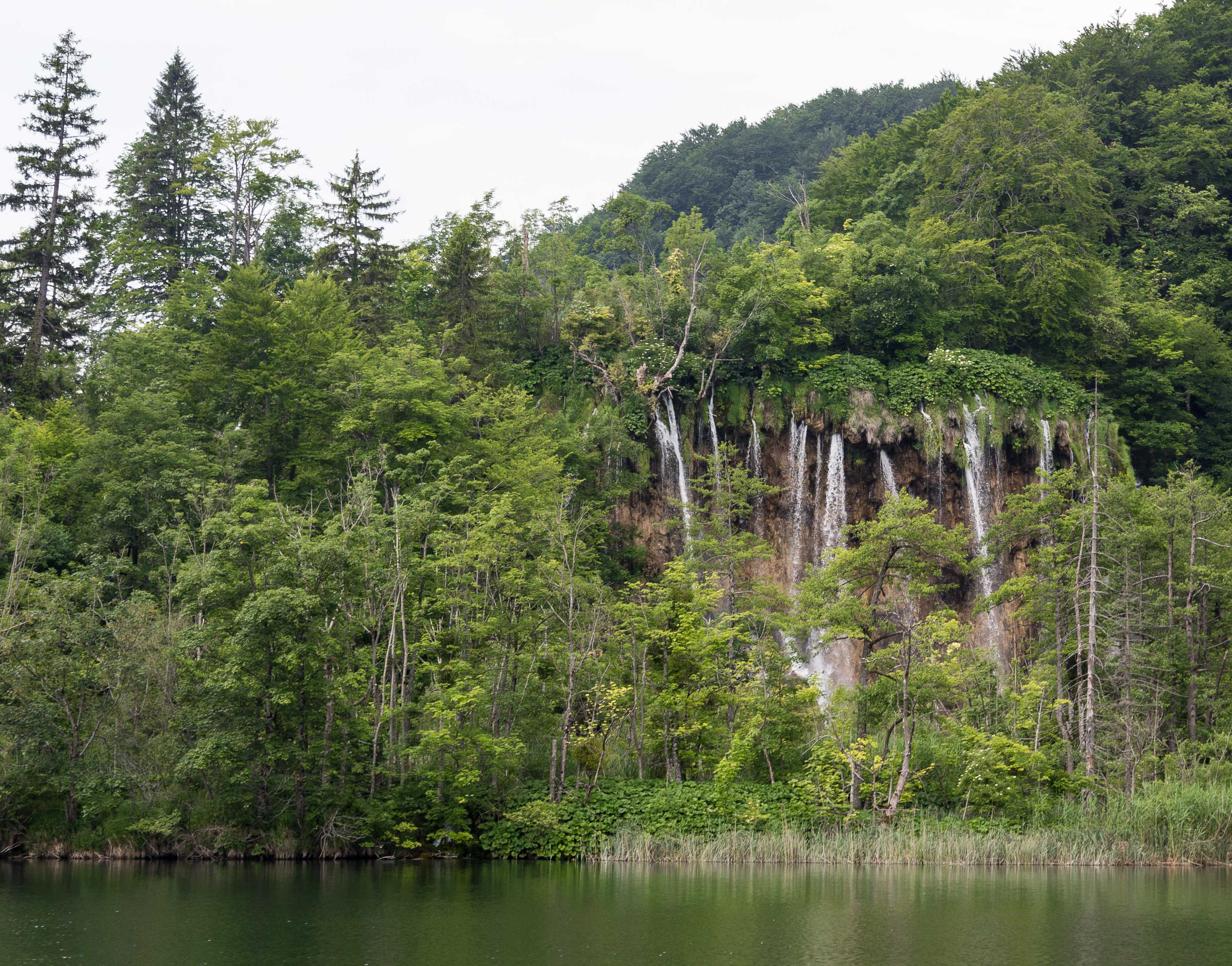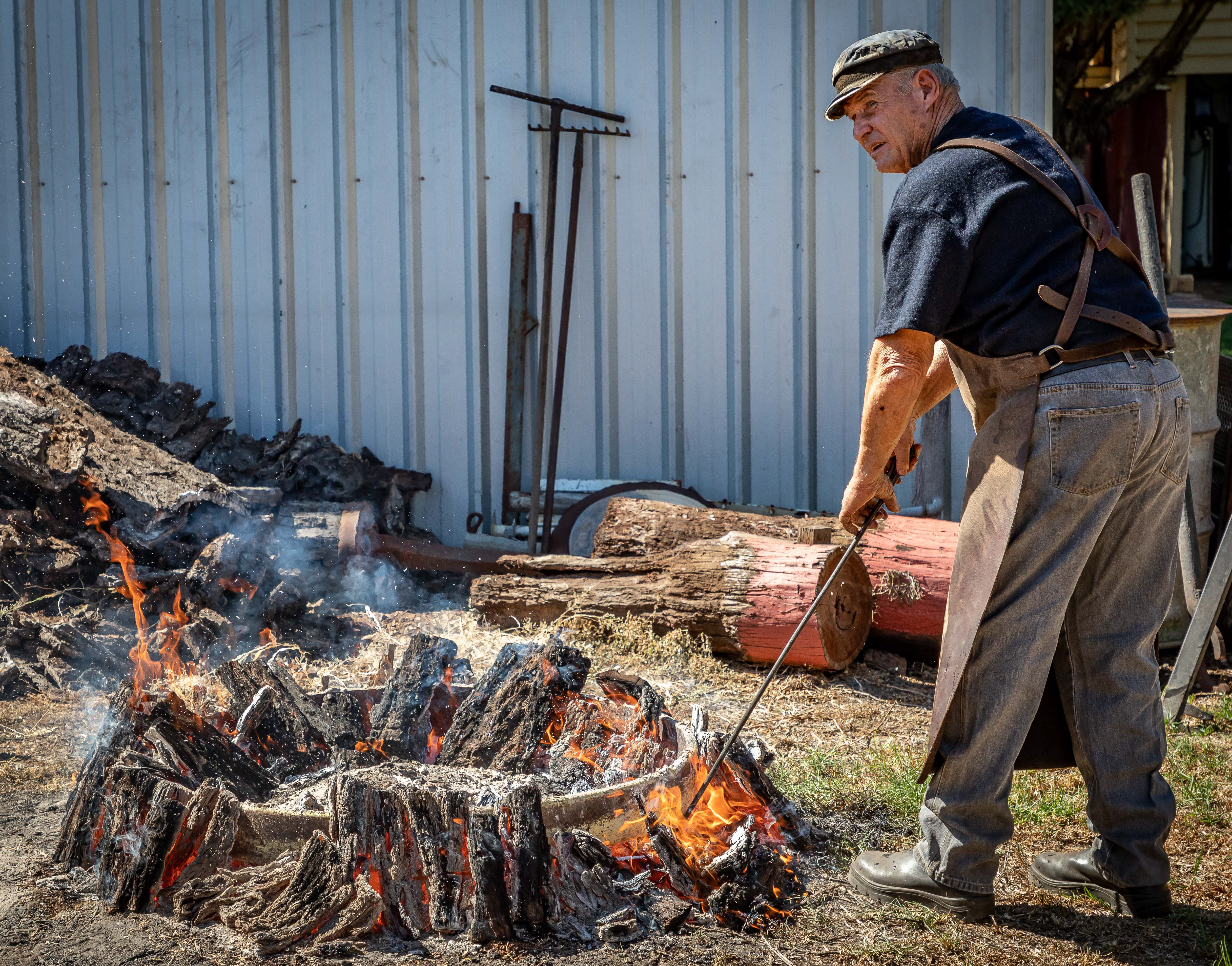Mungo woolshed on the edge of Lake Mungo
Mungo National Park-a great location for some astrophotography
Traversing Lake Mungo towards the Walls of China, the location of the ancient aborigional remains
Walls of China. Public access is limited to those taking tours to protect and respect the ancient human remains.
Walls of China-a harsh landscape
Walls of China-a weathered landscape from Red Top Lookout
Walls of China and Lake Mungo-120000 years ago Lake Mungo was the centre of a thriving society.
Mallee trunks-an indigenous plant species common to this region
Feral goats cause havoc to the pastoral industry, this device is located at a watering point and is used to trap the animals when they come down to drink (and the odd tourist). There is a lucrative international market for feral goats.
Sand dunes at Vigars Well on the Lake Mungo Circuit. The origional soak was well known to the local aboriginal tribes as a reliable water source. In the 1930s a well was sunk and the area used as a rest site and watering point for supply wagons servicing the pastoral stations.
The remains of wild life at a dried up soak.
Zanci Station homestead conveniences-Mungo National Park
A hard lie in-Zanci Station homestead
Zanci Station grader- critical for the upkeep of station roads and firebreaks
Zanci Station homestead chimney. To the left in the background is an underground room used to store and protect station food rations from the searing summer heat. The room was also a welcome escape for the human inhabitants looking for some cooling relief during summer.
Cypress pine tank stand. Cypress is resistant to termite attack, an invaluable trait when building infrastructure in the outback.
Zanci Station stables-again made from cypress pine
A straw or grass roof would have provided good insulation and cooling for the horses
Tough outback tree-a lot of history included in those lines
Following the Darling River north from Lake Mungo to Menindee and to Wilcannia.
Drying waterholes on the Darling River at Bindara Station
Thousands of hoof prints-presumably either feral goats or pigs looking for a drink
The milky way from the bottom of the very dry Darling River
Bindara Station campsite
Bindara Station woolshed, Menindee
The wool press, Bindara Station woolshed
Hand shears
The donkey, used to heat water for showering at the Bindara Station woolshed
Traversing a dry Darling River at Bindara Station, Menindee
The root system of the River Red Gum (Eucalyptus camaldulensis) is incredible. After hand shearing, the wool was washed in the Darling before drying, packaging and shipping. Images from the 1800s show show this tree in all its glory.
Beautiful bark
The opal mining town of White Cliffs is out in the desert about 200 km north of Menindee. Like most opal mining towns in Australia the landscape looks a demented gopher has been at work with piles of spoil dotting the landscape. Mechanisation has improved the lot of the opal miner although it must still be a pretty hard life. Many of the miners build underground houses to avoid the heat.
White Cliffs, New South Wales. The opals are found in the small hills.









